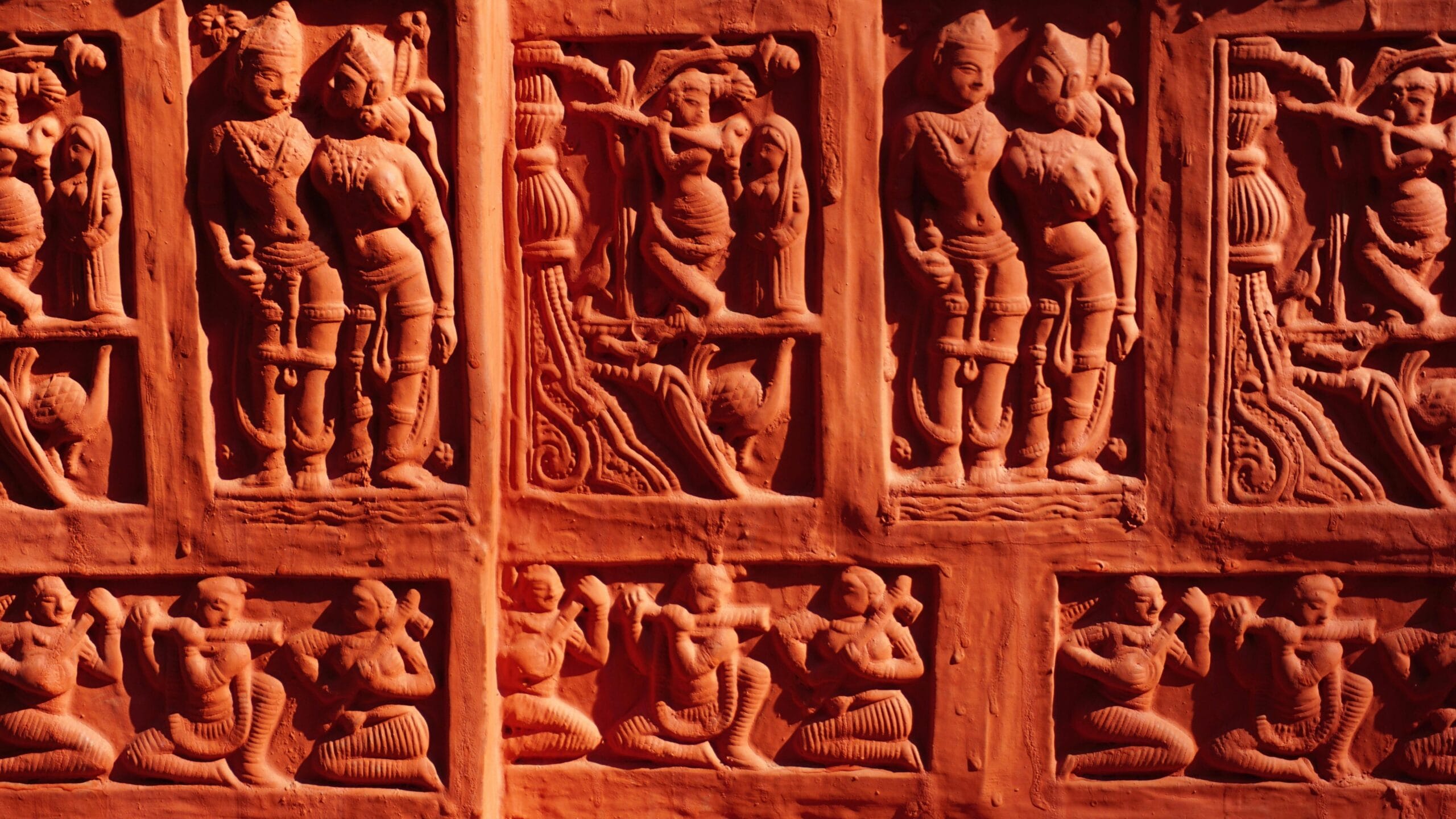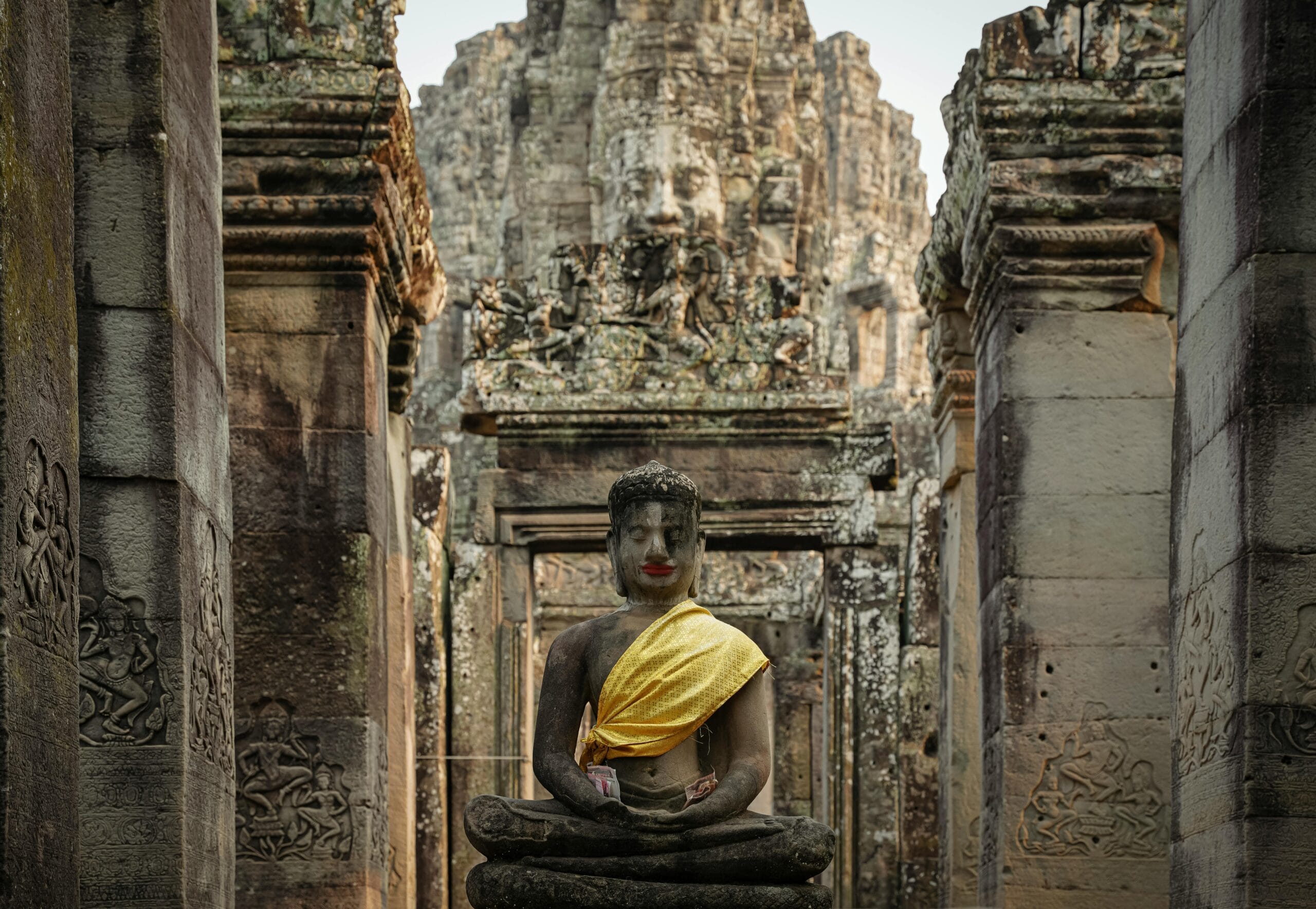The Dalit Panthers, a name that once reverberated through the streets of Mumbai, represents a significant chapter in India’s struggle for social justice. Emerging in the 1970s, this organization, though short-lived, left an indelible mark on the fight against caste-based discrimination and oppression. This article delves into the history of the Dalit Panthers, their formation, contributions, and eventual decline, drawing upon historical accounts and analyses to understand their impact on Indian society.

Table of Contents:
- The Genesis of the Dalit Panthers: A Fight Against Caste Discrimination
- Ideology and Objectives: Dismantling Caste Hierarchy
- Key Figures and Leadership: The Backbone of the Movement
- Activities and Impact: Confronting Casteism
- Reasons for Decline: Internal Divisions and External Pressures
- Dalit Panthers' Work Against Injustice: Case Studies
- Burning of Gita: A Symbolic Protest
- Legacy and Relevance Today: An Ongoing Struggle
- What Can You Do to Support Social Justice?
- Conclusion
In post-independence India, the promise of equality remained elusive for a significant section of society. Despite the constitutional guarantees and efforts of leaders like B.R. Ambedkar, Dalits continued to face systemic discrimination and violence. The existing political landscape, including the Republican Party of India (RPI), struggled to effectively address their grievances. Therefore, this vacuum paved the way for the emergence of the Dalit Panthers, a militant organization that sought to challenge the status quo and fight for the rights of the marginalized.
The Genesis of the Dalit Panthers: A Fight Against Caste Discrimination
The Dalit Panthers emerged as a direct response to the inadequacies of existing political structures and the persistent atrocities against Dalits. Frustrated with the slow pace of change and the compromises made by political parties, a group of young, educated Dalits decided to take matters into their own hands.
Inspired by the Black Panthers
Inspired by the Black Panther movement in the United States, the Dalit Panthers adopted a similar approach of assertive activism and self-defense. While both organizations had relatively short lifespans, their impact on their respective societies was profound.
Dalit Panther: An Authoritative History
To understand the Dalit Panthers in depth, one can read ‘Dalit Panther: An Authoritative History’ by Juhu Pawar. Pawar was not only an activist but also one of the founders of the Dalit Panthers. His account provides firsthand insights into the organization’s activities and challenges. The book is dedicated to Bhagwat Jadhav, Ramesh Devkar and Vashimath Dhamankar who became martyrs during the Dalit Panther Movement.
A Golden Age After B.R. Ambedkar
According to the author, the time when the Dalit Panthers came into existence was a golden age after the death of B.R. Ambedkar, a period when existing political parties fell short of addressing the pressing concerns of Dalits at the grassroots level.

The Spark: The 1972 Incident
A pivotal moment in the formation of the Dalit Panthers was an incident in April 1972 in Mumbai. During an Ambedkar Jayanti celebration, police officers allegedly disrupted the event, vandalized images of Ambedkar and Buddha, and assaulted Dalits. Consequently, this act of desecration sparked outrage and galvanized young Dalits to form a militant organization to protect their rights and dignity.



Ideology and Objectives: Dismantling Caste Hierarchy
The Dalit Panthers were driven by a radical ideology that challenged the caste system and sought to establish a more egalitarian society. They drew inspiration from Ambedkar’s philosophy of social justice, equality, and self-reliance.


Rejection of Caste Hierarchy
The Dalit Panthers vehemently opposed the caste system and its inherent inequalities. They aimed to dismantle the social hierarchy that had historically marginalized and oppressed Dalits.
Assertion of Identity and Dignity
Furthermore, the organization sought to instill a sense of pride and self-respect among Dalits, encouraging them to assert their identity and challenge discriminatory practices.
Fight for Social Justice
The Dalit Panthers advocated for land rights, access to education, and an end to untouchability and other forms of discrimination.
Key Figures and Leadership: The Backbone of the Movement
Several individuals played a crucial role in the formation and leadership of the Dalit Panthers. These included activists, writers, and intellectuals who provided the ideological and organizational backbone of the movement.
Namdeo Dhasal
A renowned poet and writer, Dhasal was a key figure in the Dalit Panthers. His powerful verses and writings captured the pain and anger of the Dalit experience and inspired many to join the movement.
Arun Krushnaji Kamble
A professor, writer, and activist, Kamble provided intellectual guidance and organizational support to the Dalit Panthers.
Juhu Pawar
As mentioned earlier, Pawar’s firsthand account provides valuable insights into the organization’s activities and challenges.
Activities and Impact: Confronting Casteism
The Dalit Panthers engaged in various forms of activism, including protests, demonstrations, and cultural programs, to raise awareness about Dalit issues and challenge discriminatory practices. Their actions often involved confronting casteist elements and asserting their rights in public spaces.
Confronting Atrocities
The Dalit Panthers actively intervened in cases of caste-based violence and discrimination, providing support to victims and demanding justice from the authorities. They challenged the impunity enjoyed by perpetrators of atrocities against Dalits.
Cultural Activism
The organization used literature, poetry, and theater to express the Dalit experience and challenge dominant narratives. Their cultural programs served as a platform for Dalit voices and perspectives.
Political Mobilization
The Dalit Panthers sought to mobilize Dalits and other marginalized communities to participate in the political process and demand representation in decision-making bodies.
Reasons for Decline: Internal Divisions and External Pressures
Despite their initial success, the Dalit Panthers eventually declined due to internal divisions, ideological differences, and external pressures. The organization faced challenges in maintaining unity and sustaining its momentum.
Internal Conflicts
Ideological differences and power struggles led to splits within the Dalit Panthers, weakening the organization’s ability to function effectively.
Lack of Rural Reach
The Dalit Panthers were more successful in mobilizing urban Dalits than in reaching out to rural communities, where a significant portion of the Dalit population resided.
Emergency Era
The imposition of Emergency in 1975 by Indira Gandhi’s government led to the suppression of many organizations, including the Dalit Panthers, further hindering their activities.
Dalit Panthers’ Work Against Injustice: Case Studies
The book mentions incidents that Dalit Panthers worked for such as one incident in the eastern suburbs of Chembur, another in the western suburbs of Khar, and many incidents in the city’s mills. Let’s discuss three of these incidents.

Chembur Incident




In 1973, two women were passing by a local liquor shop when the owner, Vakul, tried to rape them. Vakul was a local goon, and the police would not take any action against him. The women were afraid to file a complaint. However, the Dalit Panthers intervened, pressuring the police to arrest Vakul. Vakul was arrested, and the women were safe.
Three-room Slum Incident





In another incident, a goon named Ramaswamy raped a woman in the three-room slum. Ramaswamy was also a local goon, and the police would not take any action against him. But again, the Dalit Panthers intervened, they pressured the police to arrest Ramaswamy. Ramaswamy was arrested, and the woman was safe.
After Ramaswamy’s arrest, five taxis stopped in front of Pawar’s house, where Ramaswamy’s men asked Pawar to bail him out. They even offered him money, but Pawar refused, because he didn’t want to compromise his principles.
Usha Kiran Building Incident






In January 1973, seven men raped a woman who worked as a domestic helper in the Usha Kiran Building. The woman was on her way home from work when the men attacked her. She reported the incident to the police, but they didn’t take any action. The Dalit Panthers intervened, they pressured the police to arrest the men. The men were arrested, but they were later released on bail. The woman was so traumatized by the incident that she left the area and was never heard from again.
Burning of Gita: A Symbolic Protest
Dalit Panthers burnt Gita because they were against the caste system, and they believed that the Gita was a source of discrimination. The Shiv Sena opposed the burning of the Gita, but the Dalit Panthers went ahead with it anyway.




Legacy and Relevance Today: An Ongoing Struggle
Despite their decline, the Dalit Panthers left a lasting legacy on Indian society. They inspired a new generation of Dalit activists and contributed to a greater awareness of caste-based discrimination and the need for social justice.
Inspiration for Future Movements
The Dalit Panthers served as a model for subsequent Dalit movements and organizations that sought to challenge caste oppression and assert Dalit rights.
Increased Awareness
The organization’s activism raised awareness about the issue of caste discrimination and the need for social reform.
Continued Relevance
Even today, the Dalit Panthers remain a symbol of resistance and a reminder of the ongoing struggle for social justice in India. The recent case of the 2016 Khairlanji massacre shows that people still needed an organization to help Dalits like the Dalit Panthers.
What Can You Do to Support Social Justice?
While the Dalit Panthers may no longer exist in their original form, their legacy continues to inspire those fighting for social justice and equality. Here are some ways you can contribute to the ongoing struggle:
- Educate yourself: Learn about the history of caste discrimination and the ongoing challenges faced by Dalits and other marginalized communities.
- Support Dalit organizations: Donate to and volunteer with organizations working to promote Dalit rights and empowerment.
- Speak out against discrimination: Challenge casteist attitudes and practices in your own communities and workplaces.
- Promote inclusivity: Advocate for policies and programs that promote equal opportunities for all, regardless of caste or background.
By learning from the past and taking action in the present, we can contribute to a more just and equitable future for all.
Conclusion
The Dalit Panthers emerged as a significant force against caste-based discrimination in India. Despite their eventual decline, their legacy continues to inspire movements for social justice and equality. Their contributions serve as a reminder of the ongoing need to challenge systemic oppression and advocate for the rights of marginalized communities.
Disclaimer:
This article uses the following terms in the context of historical events and social analysis:
- Dalit: A term for communities formerly considered “untouchable” in the Hindu caste system.
- Panther: Inspired by the Black Panther movement in the United States, symbolizing strength and resistance.
- Ambedkarite: Followers and believers in the ideology of B.R. Ambedkar, an Indian jurist, economist, and social reformer.
- Brahmanical System: A social hierarchy based on the Brahmin caste, often associated with historical oppression of lower castes.
Read More about Dr. Ambedkar and why he is called the beacon of social justice!!
You can learn more about the Reservation and debunk related myths!!
You can buy the Book from here!!

The “Dalit Panthers” refers to both the radical socio-political movement that emerged in Maharashtra, India, in the early 1970s, and the authoritative historical accounts written about it, most notably by J.V. Pawar, one of its co-founders.
Inspired by the American Black Panthers, the Dalit Panthers were formed in 1972 by young, educated Dalit poets and writers like Namdeo Dhasal, Raja Dhale, and J.V. Pawar. They were disillusioned with the slow pace and perceived compromises of existing Dalit political parties, particularly the Republican Party of India (RPI), after the demise of B.R. Ambedkar. The movement aimed to combat the pervasive caste atrocities and discrimination faced by Dalits, especially in rural areas, and to assert their rights and dignity.

